Exceptional Hair Growth Oil Manufacturer Committed to Your Business Growth
Explore Ultimate Hair Growth Oil Collection!
About Aoxue
Venture into the world of Aoxue, we are a trusted and innovative hair growth oil manufacturer that provides top-tier skincare solutions that meet industry standards.
With years of expertise in the skincare industry, we specialize in developing custom hair growth tailored to the unique needs of skincare brands worldwide. Our commitment to quality, safety, and innovation sets us apart, as we use only the finest ingredients and cutting-edge manufacturing techniques.
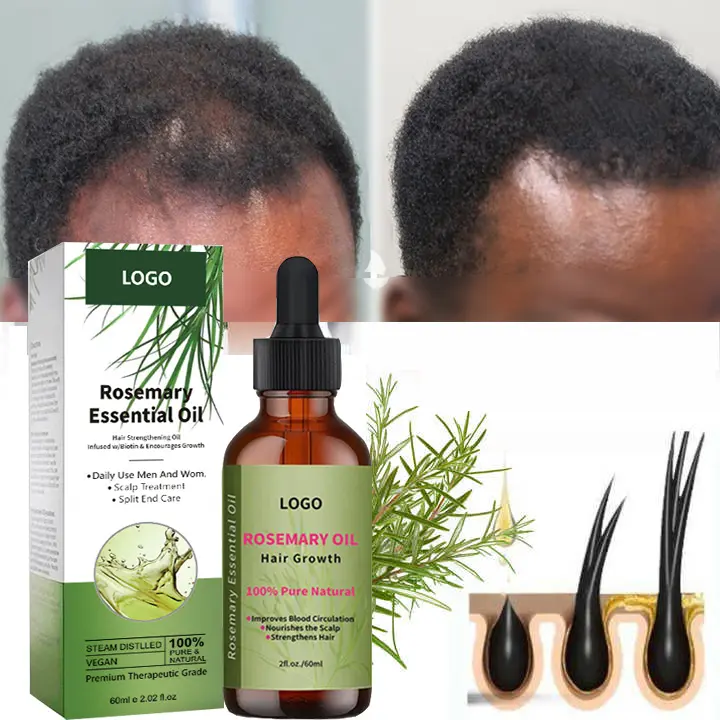
What is Hair Growth Oil
Hair Growth Oil is a nutrient-rich treatment formulated to stimulate hair follicles, encourage healthy hair growth, and strengthen existing strands. It often combines natural oils like castor, rosemary, or coconut oil with vitamins and fatty acids to nourish the scalp, reduce breakage, and support thicker, fuller-looking hair over time.
Types of Hair Growth Oils: We Manufacture
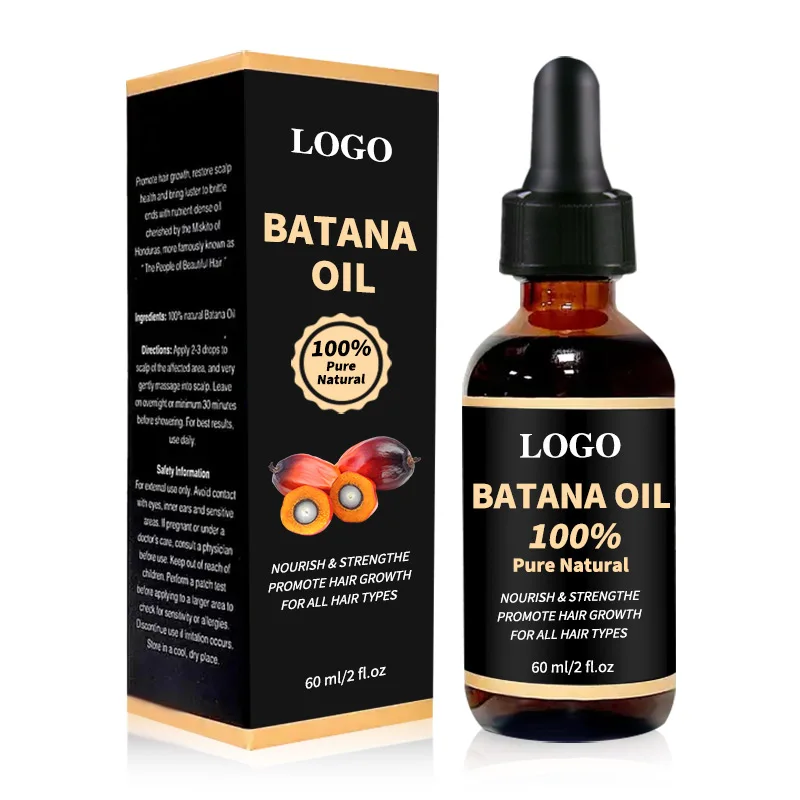
Batana Oil Hair Growth Oil
Batana oil is a rare, nutrient-rich oil derived from the palm tree and is prized for its ability to promote hair growth and restore damaged hair. As a hair growth oil, Batana deeply penetrates the scalp, nourishing hair follicles with essential fatty acids.
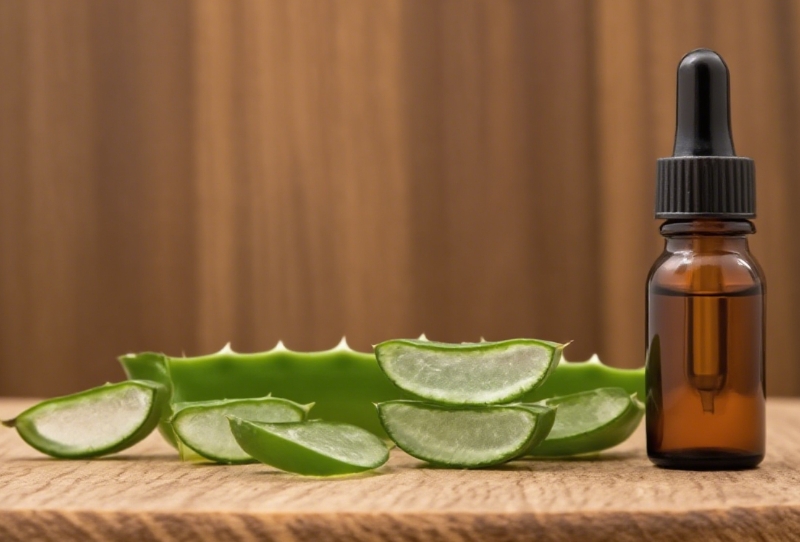
Aloe Vera Hair Growth Oil
Aloe vera hair growth oil soothes and hydrates the scalp while supporting healthy hair growth. It helps balance the scalp’s moisture and pH levels, reducing dryness, itchiness, and dandruff.
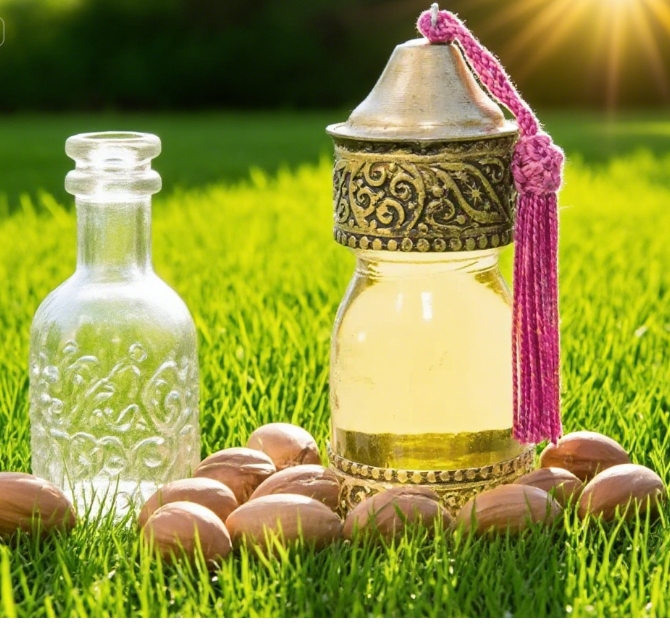
Color Protecting Conditioner
Color-protecting conditioners are specially formulated to preserve the vibrancy of color-treated hair. They lock in moisture, minimize fading, and shield hair from damage caused by UV rays, heat styling, and environmental stressors. Ideal for dyed or chemically treated hair, they help maintain rich, long-lasting color and smoothness.

Coconut Oil Hair Growth Oil
Coconut oil is a deeply nourishing treatment that supports hair growth by strengthening strands and reducing breakage. Rich in fatty acids and antioxidants, it penetrates the hair shaft to hydrate and repair from within. Ideal for dry or damaged hair, it helps improve texture, shine, and overall scalp health.
Types of Face Cleansers: We Manufacture
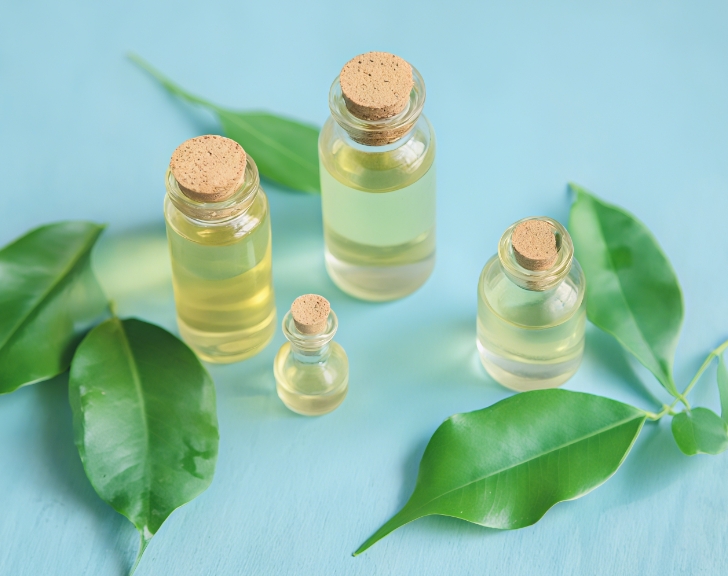
Natural Oils
Natural oils such as castor, argan, and coconut are rich in nutrients that deeply nourish the scalp and hair. They improve blood circulation, reduce breakage, and protect against environmental damage. Regular use strengthens hair, promotes healthier growth, and enhances natural shine.
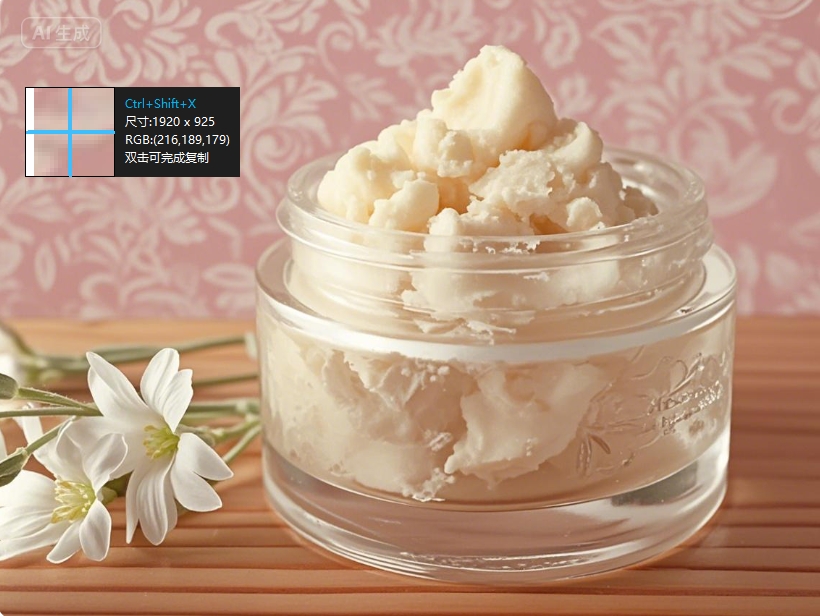
Hair Butter
Hair butters such as shea, mango, and cupuaçu are rich, emollient ingredients that deliver intense moisture to the scalp and hair. They help prevent dryness, reduce breakage, and improve hair elasticity. With regular use, hair becomes softer, shinier, and more resilient.

Seed Extracts
Seed extracts like pumpkin, black seed, and flaxseed are packed with essential nutrients that support scalp health and stimulate hair growth. They help strengthen hair follicles, reduce shedding, and improve overall hair density and thickness.
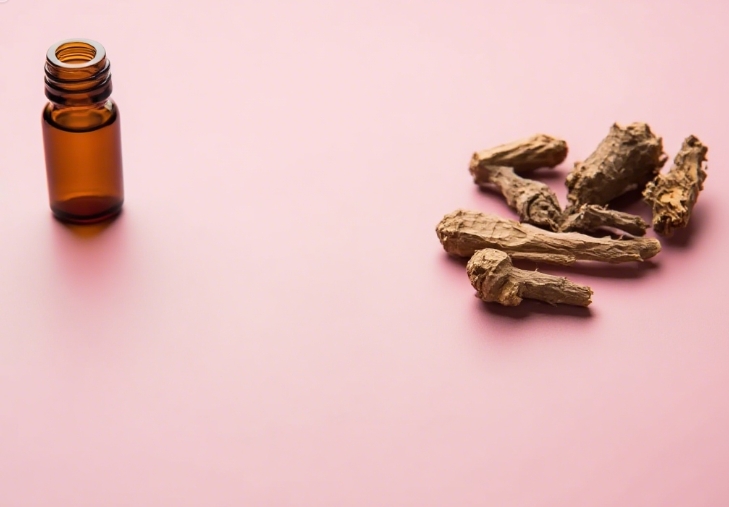
Root Extracts
Root extracts such as ginseng, bhringraj, and ashwagandha are powerful botanicals known to boost scalp circulation and energize hair follicles. They help reduce hair fall, encourage new growth, and strengthen the hair from the root, promoting thicker, healthier strands.
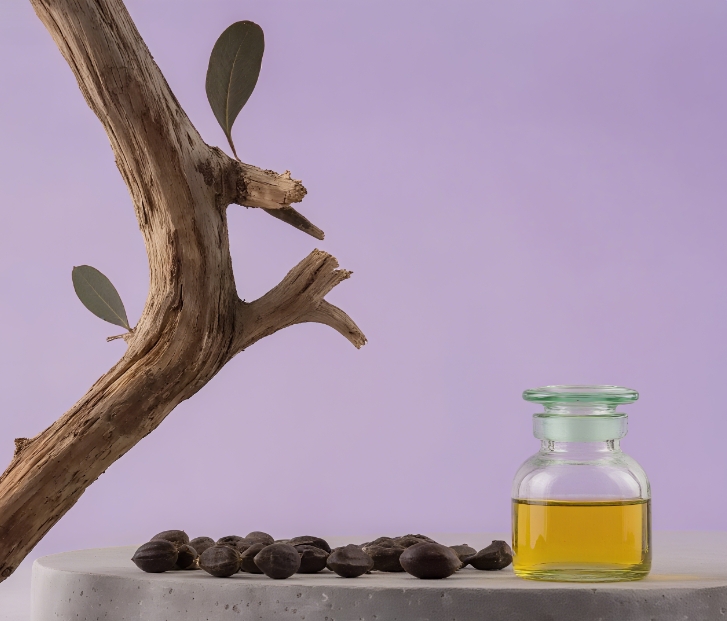
Caffeine
Caffeine energizes hair follicles by boosting blood circulation in the scalp, which helps stimulate growth and extend the hair’s growth phase. It also blocks DHT, a hormone associated with hair thinning and loss, making it an effective ingredient for strengthening hair and preventing shedding.
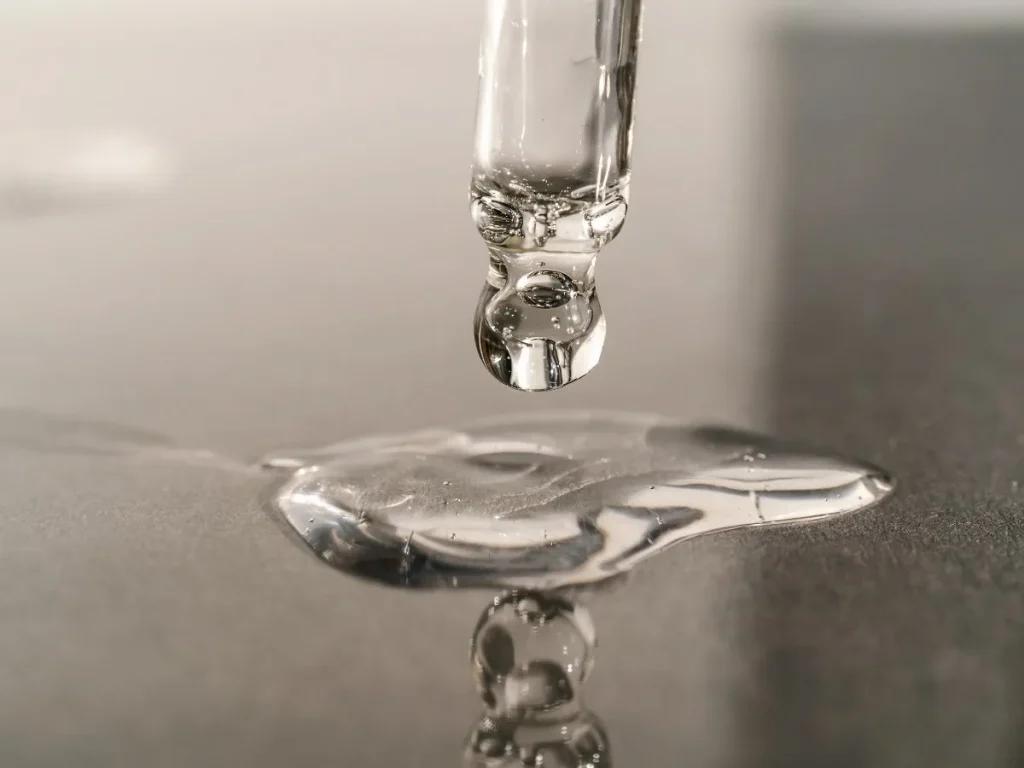
Lactic Acid
Lactic acid gently exfoliates the scalp, clearing away dead skin cells and buildup while helping to balance the scalp’s pH. This creates a healthier environment for hair growth and enhances the absorption of nourishing ingredients in hair treatments.
How to Use Hair Growth Oil
1. Choose the Right Oil:
Pick an oil based on your specific hair needs—castor oil for growth, argan oil for hydration, or rosemary oil for stimulation.
2. Do a Patch Test:
Before full application, test a small amount on your wrist and wait 24 hours to ensure no allergic reaction occurs.
3. Warm the Oil (Optional):
Gently warm the oil to improve absorption, but make sure it’s comfortably warm, not hot.
4. Section Your Hair:
Divide your hair into sections to allow even application across the entire scalp.
5. Apply to the Scalp:
Use your fingertips or a dropper to apply the oil directly to the scalp, especially on thinning areas. Massage gently to improve circulation.
6. Apply to Hair Lengths (Optional):
For full nourishment, apply remaining oil to hair lengths, focusing on dry ends.
7. Leave it On:
Leave the oil in for at least 30 minutes—or overnight for deeper treatment.
8. Rinse & Wash:
Wash your hair with a gentle shampoo. You may need to shampoo twice to fully remove the oil.
9. Repeat Consistently:
Use 2–3 times per week for best results. Hair growth takes time, so be consistent and patient.
Tips:
Use moderate amounts to avoid clogged pores or oily buildup.
Track your progress with photos every few weeks.
Answers at Your Fingertips
What Are the Ingredients in Your Hair Growth Oil?
Our hair growth oils are made with natural, high-performance ingredients, including:
Castor Oil – to stimulate follicles and promote thicker growth
Coconut Oil – to deeply hydrate and protect the scalp
Aloe Vera – to soothe irritation and balance moisture
Rosemary Oil – to improve scalp circulation and reduce hair loss
How do I use your hair growth oil?
Our hair growth oils are generally massaged into the scalp and hair, then left on for a set amount of time before rinsing. Complete usage guidelines can be found on our product labels and official website.
What is your minimum order quantity for private label products?
Our minimum order quantity for private label products may vary based on the product and packaging specifications. Our team would be happy to provide more information on our minimum order quantities and help you determine the best options for your business.
What is your lead time for private label products?
Our lead time for private label products typically ranges from 4-6 weeks, depending on the product specifications and order volume. We will work closely with you to ensure that your products are delivered on time and to your specifications.
What is your quality control process for private label men's product-manufacturers private label products?
At Aoxue, we take quality control seriously and have strict standards in place to ensure that our private label products meet the highest quality standards. Our team of skincare experts will oversee every step of the production process, from ingredient selection to final product inspection, to ensure that your products meet your expectations.
Latest Insights From Our Experts
Massage Oil vs. Body Oil: What’s Best for Your Skin?
Toner vs Serum: Understanding Key Skincare Differences In the ever-evolving world of skincare, understanding the roles of various products can often feel overwhelming. Among the myriad of options, toners and serums stand out as essential components of a comprehensive skincare routine. But what sets them apart? This article delves into the key differences between toners and serums, helping you make informed decisions for your skincare regimen. What is a Toner? Toners are water-based skincare products designed primarily to: Typically used after cleansing and before moisturizing, toners ensure that your skin is clean and ready for additional treatments. Common Ingredients in Toners Ingredient Benefits Witch Hazel Anti-inflammatory properties Rose Water Gentle hydration, soothes skin Aloe Vera Calming effects, adds moisture Hyaluronic Acid Attracts and retains moisture AHAs/BHAs Exfoliates, unclogs pores Benefits of Toners What is a Serum? Serums are highly concentrated skincare products formulated to address specific concerns like: Unlike toners, serums penetrate deeper into the skin to deliver powerful active ingredients. Common Serum Ingredients Ingredient Primary Benefit Vitamin C Brightening, antioxidant protection Retinol Reduces fine lines and wrinkles Peptides Improves firmness and elasticity Niacinamide Reduces inflammation, improves texture Hyaluronic Acid Provides deep hydration Serum Benefits Key Differences: Toner vs Serum Aspect Toner Serum Texture Watery, lightweight Thicker (oil/gel-based) Primary Purpose Prepares and balances skin Treats specific concerns Application Cotton pad

Toner vs Serum: Understanding Key Skincare Differences
In the ever-evolving world of skincare, understanding the roles of various products can often feel overwhelming. Among the myriad of options, toners and serums stand out as essential components of a comprehensive skincare routine. But what sets them apart? This article delves into the key differences between toners and serums, helping you make informed decisions for your skincare regimen. What is a Toner? Toners are water-based skincare products designed primarily to balance the skin’s pH, cleanse pores, and prepare the skin for better absorption of subsequent products. Typically used after cleansing and before moisturizing, toners ensure that your skin is clean and ready for additional treatments. Common Ingredients in Toners: Benefits of Toners: What is a Serum? Serums are highly concentrated skincare products formulated to address specific skin concerns such as dark spots, fine lines, wrinkles, and hyperpigmentation. Unlike toners, serums are designed to penetrate deeper into the skin, delivering powerful active ingredients directly to the areas that need them most. Common Ingredients in Serums: Benefits of Serums: Key Differences Between Toner and Serum Aspect Toner Serum Texture Watery and lightweight Thicker, often oil- or gel-based Purpose Prepares, balances skin, and cleanses Treats specific concerns (e.g., aging, dark spots) Application Applied with a cotton pad or spray Applied with fingers and massaged into the skin Depth of Action Works on

Gel vs Cream Moisturizer: Which is Right for Your Skin?
In the vast world of skincare, choosing the right moisturizer can be daunting. With the myriad of options available, one of the most common dilemmas is deciding between a gel and a cream moisturizer. Each type has its unique properties, benefits, and suitable skin types. So, how do you determine which is right for you? Let’s delve into the differences between gel and cream moisturizers and help you make an informed decision. Understanding Gel and Cream Moisturizers Gel Moisturizers: Cream Moisturizers: Gel vs Cream: Key Differences Base Ingredients: How to Choose the Right Moisturizer When deciding between a gel and cream moisturizer, consider the following: Can You Use Both? Yes, you can use both gel and cream moisturizers in your skincare routine. For instance, apply a gel moisturizer in the morning for a lightweight feel and switch to a cream moisturizer at night for intense hydration. This approach ensures your skin gets the necessary hydration throughout the day. Conclusion Choosing between a gel and cream moisturizer ultimately depends on your skin type, concerns, and personal preference. Both types have their unique benefits, and understanding these can help you make an informed choice. Remember, the right moisturizer can make a significant difference in your skincare routine, promoting healthy, radiant skin.

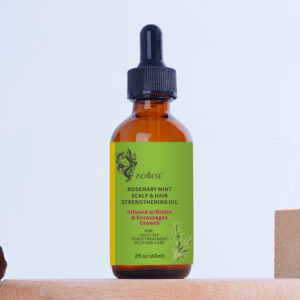
 English
English Arabic
Arabic Armenian
Armenian Chinese (Simplified)
Chinese (Simplified) Danish
Danish Dutch
Dutch Esperanto
Esperanto Estonian
Estonian French
French Hindi
Hindi Italian
Italian Japanese
Japanese Korean
Korean Portuguese
Portuguese Russian
Russian Thai
Thai Turkish
Turkish Ukrainian
Ukrainian Vietnamese
Vietnamese